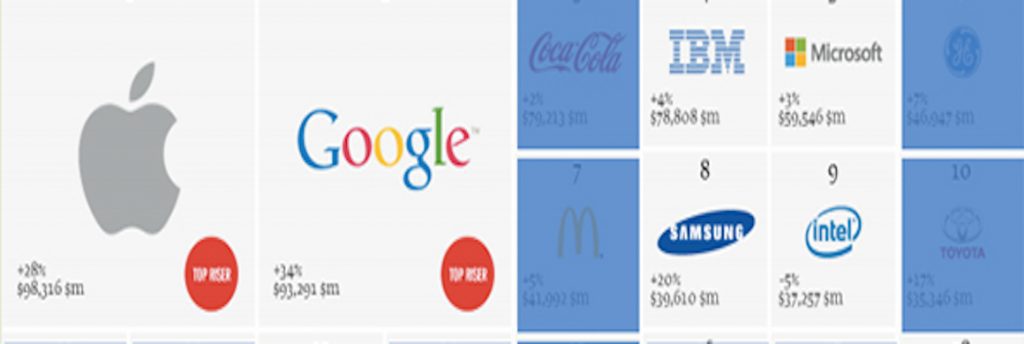MIT Sloan Breaks Down Science of Successful Platforms

MIT Sloan recently published an article that presents helpful advice for up-and-coming platform developers to follow the paths paved by Uber and AirBNB, both of which have “created innovative and disruptive business models that have drastically changed how consumers (and now businesses) secure transportation and lodging.”
According to an Executive Education blog post, “14 of the top 30 global brands by market capitalization [in 2013] were platform-oriented companies, [which] have created and now dominate areas in which buyers, sellers, and third parties are connected.”
According to Richard Schmalensee, MIT Sloan professor emeritus and dean emeritus, successful platforms that make “life and work easier for both sides is more important than having novel technology. You have to make the connection more valuable, something you can get paid for enabling.”
Platform companies “must have a mechanism to determine when to step in and guide changes or halt behavior.” The article cites MySpace as a prime example of how “users were driven away by a glut of unanticipated advertising, spam, and pornography,” according to Geoffrey G. Parker, MIT Initiative on the Digital Economy research fellow and co-author of Platform Revolution: How Networked Markets are Transforming the Economy — And How to Make Them Work for You.
Researchers advise platform strategists to a pick and stay in one lane. “Platform companies must choose between more content and exclusive content and between a mass market or a niche market.”
According to the article, many “product companies are attempting to transition to a platform model.” Paddy Srinivasan, Vice President of Products at Xively points out in an Executive Education blog post, “Companies with physical products—such as lightbulbs—are exploring how to become platform companies.”
Researchers caution that product companies need to be aware that a transition is only effective if they can “get closer to the customer for insights into pricing, network effects, supply chains, and strategy.” In other words, “It’s no longer about simply selling a product, it’s about adding value and engaging the customer.”
